Cerebral Visual Impairment (commonly referred to as CVI) is a form of visual impairment caused by the brain not being able to process information from the eyes passing along the visual pathways in the brain. It is the commonest cause of visual impairment in children in the developed world.
If you know someone who has a diagnosis of cerebral visual impairment or if you or someone you know has difficulty with any of the following activities and there is no apparent reason why, then the CVI Society may be able to help you find out more information and to connect with other people who understand.
It is possible to have cerebral visual impairment and good clarity of vision, and many people with cerebral visual impairment do not have a significant problem with their eyes. This is one reason why they may often go undiagnosed. Advice may also be of use to adults who may have suffered a stroke or brain injury. A child with CVI has vision problems that are caused by their brain that can’t be explained by a problem with their eyes. Normally, the eyes send electrical signals to the brain, and the brain turns those signals into the images you see. If you have CVI, your brain has trouble processing and understanding these signals.
It is thought that as many as one in two hundred people could be affected by some degree of visual impairment as a result of trouble processing visual information accurately captured by the eyes.
What are the symptoms of CVI?
CVI can cause a variety of visual problems that can range from mild to severe. Kids with CVI may have trouble:
- Responding to the things they see
- Seeing certain parts of what is in front of them, like busy moving scenes
- Recognizing faces and objects
- Recognizing things in cluttered spaces
- Reaching for something while they’re looking at it
- Understanding what they’re looking at
Parents may also notice that their child with CVI:
- Reacts slowly to visual cues
- Prefers to look at things that are moving
- Prefers to look at things in a certain part of their vision, like with their peripheral (side) vision
Some kids with CVI tend to stare at light (like lamps or the sun), while others are sensitive to light.
Kids with CVI often have other disabilities or health problems, including:
- Developmental disabilities
- Cerebral palsy (a brain disorder that causes movement problems)
- Epilepsy (a brain disorder that causes seizures)
- Hearing loss
Have a look at the information we have here and if you have concerns then get in contact.
You might also like…
Share this story
Explore by category









